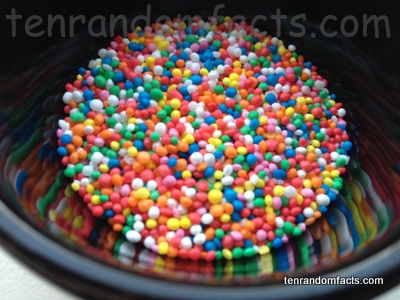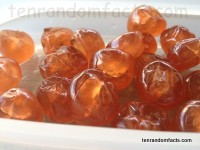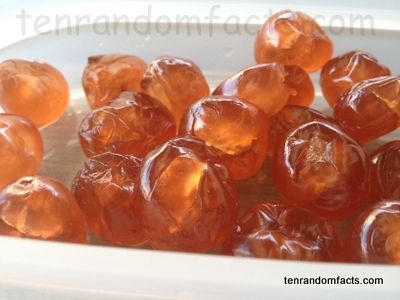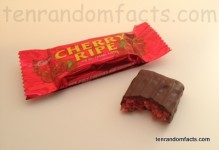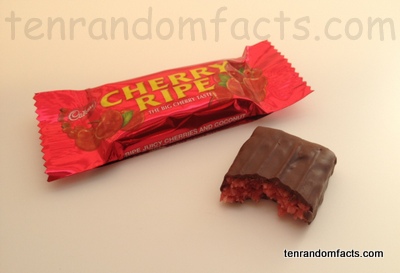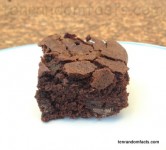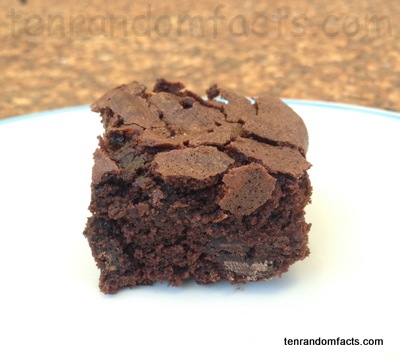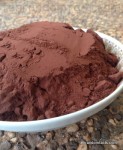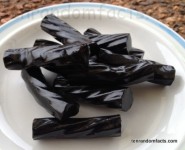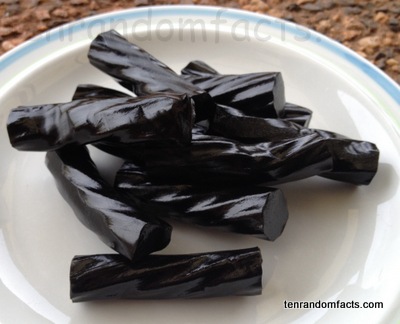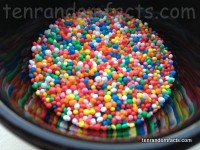
Nonpareils are not just decorative, but fun too!
- Nonpareils are edible, ornamental items used typically on confectionery and sweet food items, and are popular on desserts and children’s party foods, such as buttered bread or cupcakes.
- ‘Nonpareils’ are also known as ‘sprinkles’, ‘hundreds and thousands’ and ‘100s & 1000s’, particularly in Australia, New Zealand and the United Kingdom.
- Nonpareils are very small, spherical in shape, and coloured brightly in numerous colours.
- ‘Nonpareils’ sometimes describes confectionery items, like chocolate discs, or ‘freckles’, that are covered with hundreds and thousands.
- Nonpareils originated as early as the 1690s, and are used in a recipe from the United States in the early 1700s, for the purpose of decorating a wedding cake.
- Nonpareils are generally made from sugar, starch and colour, and are difficult to replicate in household kitchens, requiring much skill and equipment.
- Nonpareils were originally a neutral white in colour and coloured ones were available in the early 1800s in the United States.
- Nonpareils became less popular in the mid 1900s, due to the introduction of the softer, rounded rectangular prism replacements called ‘sprinkles’ or ‘jimmies’.
- The word ‘nonpareils’ originates from the French word meaning ‘having no equal’ and the confectionery has its origins in sugar coated seeds and nuts known as ‘comfits’.
- Nonpareils are commonly available in supermarkets and grocery stores, though they have been available commercially as early as the 1840s.



